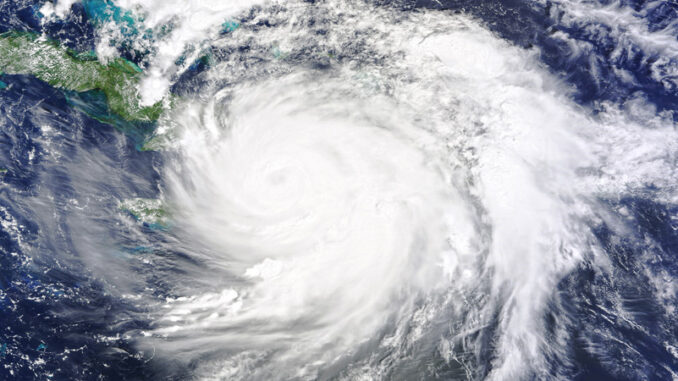

Credit: Glenn Edney/Creatas Video/Getty Images
As Houston and south Texas struggled to recover from the devastation of Hurricane Harvey just two weeks ago, a second and more powerful hurricane, Irma, crashed into the Caribbean on Thursday on its way to South Florida and the Florida Keys. Irma, one of the most powerful hurricanes ever recorded in the Atlantic, left behind a path of complete destruction.
In the Caribbean
While most of the United States was focused on what would happen when Irma hit Florida, the storm was busy wrecking havoc on the islands of the eastern Caribbean. Intense rain, flooding, and 175 mph winds reduced much of this former paradise of white sand beaches and resorts to nothing but rubble. Seven people were killed and countless more left homeless.
St. Martin was the hardest hit. According to authorities, 95 percent of the island was destroyed, and four people were killed. The island was left completely without power and cellphone service. The situation was worsened when widespread looting took place after the storm had passed.
Half the population of the island of Barbuda is now homeless. Residents of St. Barthelemy and Anguilla face massive destruction, fallen trees, and a loss of power and cellphone service.
Irma barely sideswiped Puerto Rico, but nevertheless, more than 60 percent of the island’s households were left without power. Authorities say it could take four to six months to repair it completely. Haiti and the Dominican Republic also managed to avoid a direct hit from the storm. Nevertheless, Haiti now faces a second, potentially more deadly threat: it is still battling a cholera epidemic that broke out in 2010, and now the government fears the lack of sanitation and services the country faces after Irma will be enough to spark another outbreak.
In Florida
Florida’s evacuation effort was complicated by the fact that Irma arrived so closely on the heels of Hurricane Harvey. Crucial resources such as bottled water and gasoline had already been diverted to Texas, leaving dangerous shortages in Florida. Irma made landfall in the Florida Keys on Sunday morning. Although it had by then been downgraded to a Category 4 hurricane, the storm brought 130 mph winds and caused massive devastation in the Keys. From there, it made a second landfall at Marco Island, and then moved on to Naples, which saw the highest wind gusts of the storm (142 mph). Half of the state of Florida is currently without power, and officials say it may be weeks or even months before it is completely restored.
As of Monday evening, the U.S. death toll has risen to ten. Irma is approaching Atlanta, having already caused two deaths in the state of Georgia. On Monday, President Trump declared a state of emergency in Alabama. As the storm continues moving northward, Charleston faces tornado warnings and water spouts. Tropical storm warnings remain in effect for northern Florida, eastern Alabama, Georgia, and southern South Carolina.
